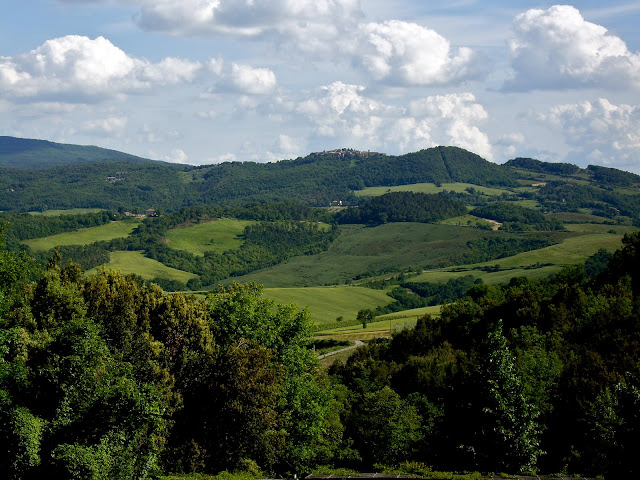
This obscure small town on the Belgium/Germany boarder is up there as one of my favourite places in Europe. Thanks to my cousin, who is incredibly knowledgeable about about places to see and things to do in Northern Europe (he would have made a great tourist guide, it's a shame he didn't take that career path), I saw many things and places in Belgium, Germany and The Netherlands which I had no intention of seeing, let alone having any knowledge of, but in the end was completely amazed by. During our little road trips, he constantly pointed out places of interest (there's so and so church, there's that cathedral, there's an amazing gallery), explaining the history of a monument or town (that is dedicated to so and so, this event happened here, so and so visited this town on this particular date), and he was excited to take me me to little-known, yet amazing and stunning towns (including Monschau, Leuve, Aachen and Maastricht), which the average tourist would have completely passed by, utterly unaware of what they had missed out on.


Monschau is situated in Germany, only 2km from the Belgium boarder. The town was originally known as Montjoie (being a French/Belgium word), as it was under French rule from 1795. The name of the town was altered in 1918, when the town was awarded to Prussia, and until today it is known as Monschau. The towns cobbled streets and timber framed houses have change very little over the last 300 years. The town was extremely lucky to escape air-raid bombings during the Second War World, and as a result, is it one of the few towns in the region to be almost completely preserved.

Driving through the Belgium countryside one morning, I was completely unaware about where we were going as we crossed the German boarder - Jean-Marie tended to just drive, as though he made the decision about where we were going on the way there. Even when we entered the hills of North Eifel and began to descend the long winding road down into the valley where Monschau is situated, I had little idea about the uniqueness of the town which we were about to visit. As you cross the bridge from the parking bays, you being to feel as though you have stepped back into time, or are living some sort of Disney fairytale. The town feels somewhat empty and eerie as you walk through the narrow grey cobblestone streets (these streets are only for pedestrians as there is no access for cars - I'm sure the town planners three centuries ago did not envisions cars zooming down these picturesque streets), almost as though you are in a movie set for a film such as Tim Burton's Sleepy Hollow (that's it, Monschau has a Burton-ish feel to it - eerie, peculiar and magical, especially on a grey overcast autumn day, such as the one when we visited the town - I'm sure it would have completely different atmosphere if you visited on a warm and sunny spring day).
If you take a walk up to the ruins of the 13th century Monschau castle, once the seat of the powerful Counts of Julich until it was besieged by Emperor Charles V in 1543, you are afforded with a spectacular view of the surrounding hills and the isolated town in the valley below. Once there, imagine if you were to place an empty gilded frame in front this landscape, it would be easy to mistake the pointed grey rooftops and church spires, set against the lush green foliage of the encircling forest, as an oil painting from the Danube School - it's almost that idealistic.
If you're in Germany or Belgium, or any other part of Europe, or the world for that matter, take time out to diverge from the regular tourist route and you might be surprised at what hidden gems you might discover. (It also helps to have the assistance and knowledge of a local).




























































